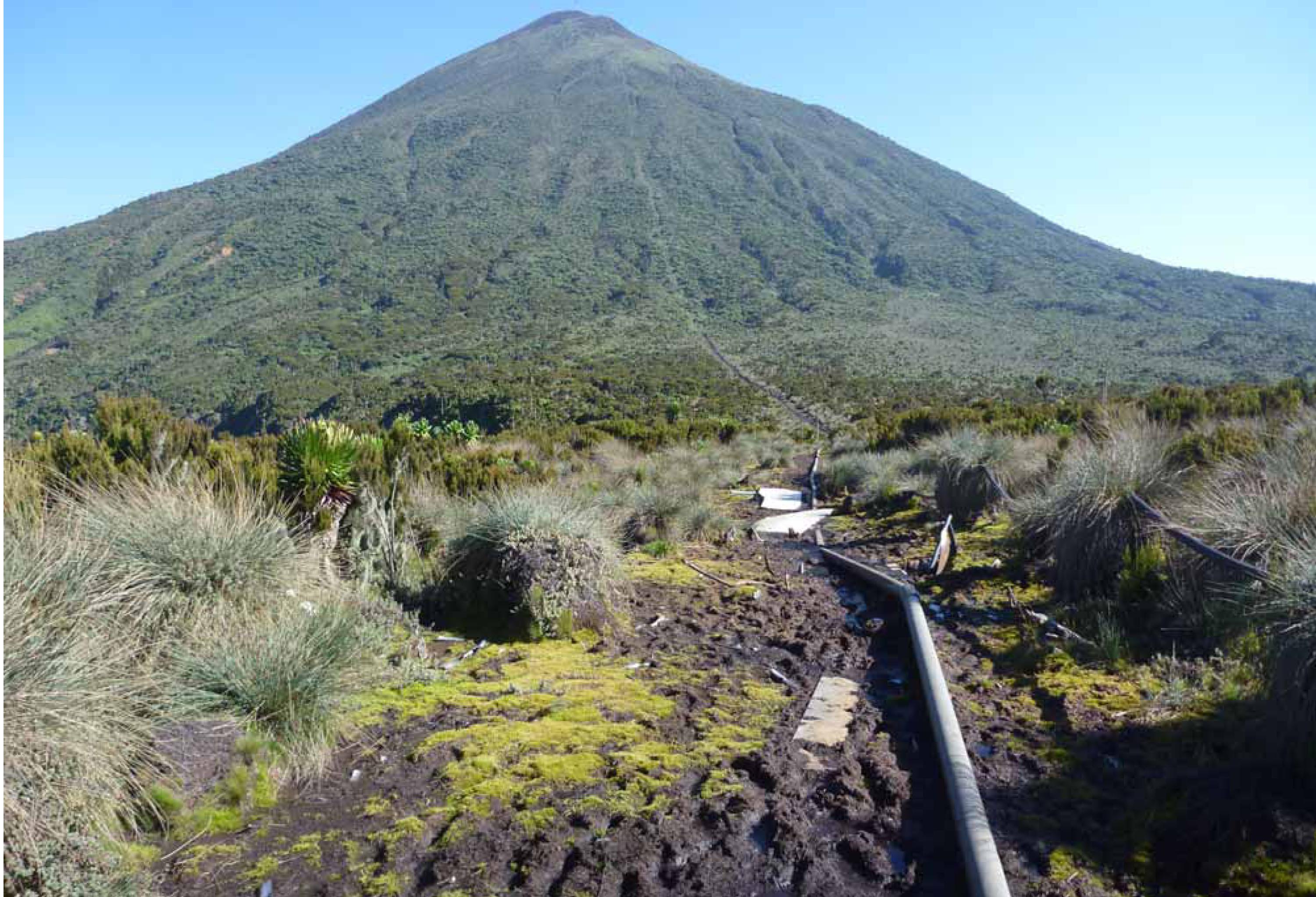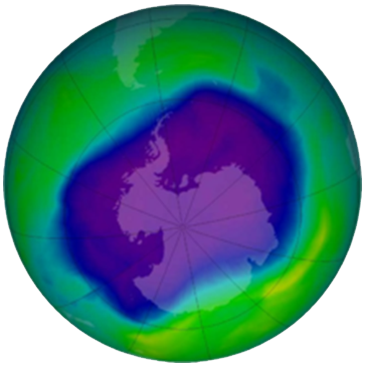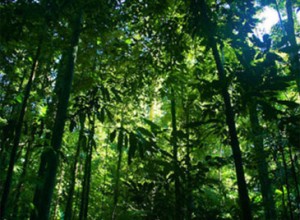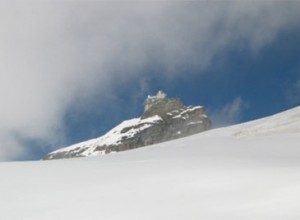Research Spotlight
Rwanda Climate Change Observatory
The Center for Global Change Science (Professor Ronald Prinn, Director) is collaborating with the Ministry of Education of Rwanda to establish a major Climate Change Observatory and develop educational and research programs in climate science that use the Observatory measurements. This involves: preparation and construction of sites for both a permanent observatory on Mt. Karisimbi, and for an interim observatory on Mt. Mugogo for testing and training; acquisition and installation of meteorological and atmospheric gas analyzing instruments; and training of technicians to operate and maintain the instruments and their data output. Dr. Kat Potter is the initial resident PI. The Rwandan Observatory is intended to become part of the international global AGAGE network (sponsored by NASA and several foreign governments’ agencies).






